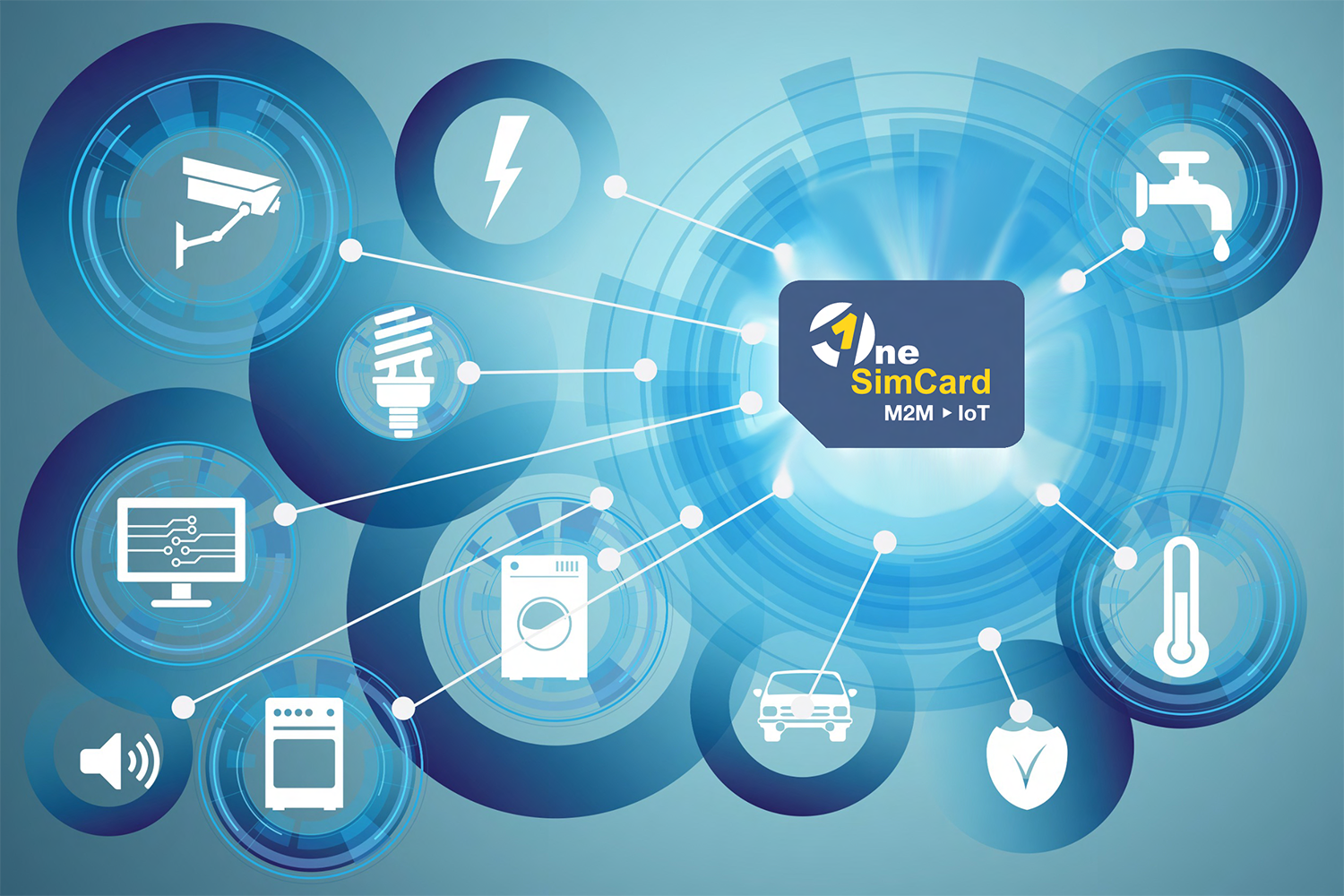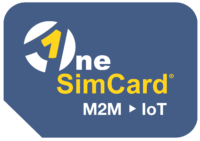
The Internet of Things (IoT) has revolutionized the way we live, work, and interact with our surroundings. One of the most important applications of IoT technology is in the field of security and safety, where it is used to create smart alarms that can detect and respond to various threats. IoT SIM cards are a key component of these smart alarms, allowing them to communicate with other devices and systems over cellular networks. In this article, we will explore the use of IoT SIM cards for alarms and provide five examples of how they are used.
What are IoT SIM cards?
An IoT SIM card is a special type of SIM card that is designed for use in IoT devices. These devices are typically low-power and low-data-rate, and they require a specialized SIM card that can handle their specific communication needs. IoT SIM cards are designed to work with cellular networks and are capable of communicating with other IoT devices and systems over the internet.
Using IoT SIM cards for alarms
IoT SIM cards are an essential component of smart alarms, which are alarms that are capable of detecting and responding to various threats. These alarms use a variety of sensors, such as motion sensors, temperature sensors, and smoke detectors, to monitor the environment and detect potential threats. When a threat is detected, the alarm sends a notification to the user or a central monitoring system, which can then take appropriate action. Here are five examples of how IoT SIM cards are used in smart alarms:
- Home security systems
SIM cards are commonly used in home security systems, which are designed to protect homes and families from burglary and other threats. These systems typically include a variety of sensors, such as door and window sensors, motion sensors, and cameras, that monitor the home and detect potential threats. When a threat is detected, the system sends a notification to the user or a central monitoring system over the cellular network.
- Fire alarms
SIM cards are also used in fire alarms, which are designed to detect and respond to fires. These alarms use a variety of sensors, such as smoke detectors and heat detectors, to monitor the environment and detect potential fires. When a fire is detected, the alarm sends a notification to the user or a central monitoring system over the cellular network.
- Flood alarms
Flood alarms are another example of smart alarms that use SIM cards. These alarms use sensors to detect water levels and other indicators of flooding, such as humidity and temperature. When a flood is detected, the alarm sends a notification to the user or a central monitoring system over the cellular network.
- Industrial alarms
SIM cards are also used in industrial alarms, which are designed to detect and respond to various threats in industrial settings. These alarms use a variety of sensors, such as pressure sensors and temperature sensors, to monitor industrial equipment and detect potential problems. When a problem is detected, the alarm sends a notification to the user or a central monitoring system over the cellular network.
- Medical alarms
SIM cards are also used in medical alarms, which are designed to monitor patients and detect potential medical emergencies. These alarms use a variety of sensors, such as heart rate monitors and blood pressure monitors, to monitor the patient’s vital signs and detect potential problems. When a problem is detected, the alarm sends a notification to the user or a central monitoring system over the cellular network.
Conclusion
IoT SIM cards are a key component of smart alarms, which are alarms that are capable of detecting and responding to various threats. These alarms use a variety of sensors to monitor the environment and detect potential threats, and they use IoT SIM cards to communicate with other devices and systems over cellular networks. IoT SIM cards are used in a variety of applications, including home security systems, fire alarms, flood alarms, industrial alarms, and medical alarms.
OneSimCard IoT is a global leader in IoT SIM Card Connectivity for deployments around the world. A division of Belmont Telecom, Inc., OneSimCard IoT helps customers in the remote alarm industry and many other industries connect their “things” using IoT SIM cards. Our IoT SIM cards are used internationally by companies of all sizes. If you are interested in learning more, please contact us by filling out our Contact Form.




